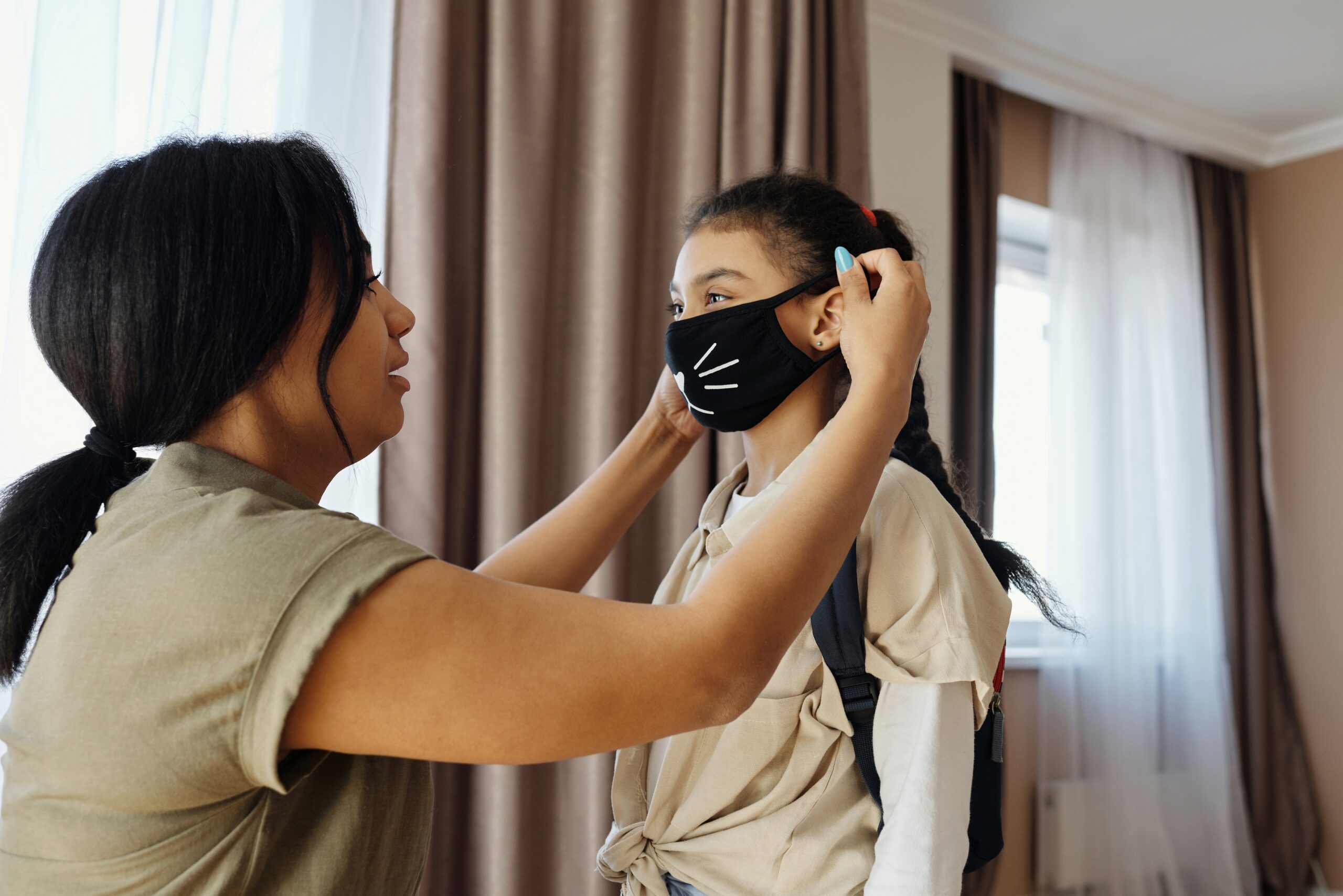Women have experienced a disproportionate number of job losses since the start of the pandemic.
The COVID pandemic has had an unprecedented economic impact on women— A “shecession” in which 11.5 million women lost jobs between February and May, compared to 9 million men. Women also dropped out of the labor force in numbers far higher than men– between August and September, 2.65 million have left the workforce since February due to caretaking demands or an inability to find work. This is due, in part, to the fact that women are bearing the brunt of care responsibilities as a result of school and child care closures. Female-dominated jobs in education, hospitality and leisure, healthcare, and service have seen the highest pandemic-related losses, and the gender wage gap compounds women’s economic vulnerability.
Black and Latina women have been hit the hardest.
At the height of the COVID -19 recession, the unemployment rate was 16.4 percent Black women and 20.2 percent for Hispanic women, compared to 15 percent for white women and 12.4 percent for white men. Black and Latina women also earn less on average than white women and are more likely to be the primary wage earner in their families, exacerbating COVID-related economic difficulties.
IWPR recommends structural policy change for an equitable and lasting recovery.
“With the new administration, we have a real opportunity to push for policies that are forward-thinking, that are in the best interests of families and working people. At the end of the day, what we all want to see is women back to work, and the policies that we put forward in our report lay out a pathway, a blueprint if you will, for how to do that.”
— C. Nicole Mason, President and CEO of IWPR
There is an immediate need for direct economic supports, including economic impact payments and increased subsidies for childcare, housing, and food. IWPR recommends a $50-100 billion recovery package to support and strengthen care infrastructure, education and job training, public sector employment, unemployment insurance, and paid sick leave.
The Report puts forward a bold vision of gender-equitable policy:
- Childcare: Expand availability and access to high quality childcare through subsidies, tax provisions, and spending accounts and invest in compensation, education, and professional development for early care educators.
- Social Safety Net: Expand support programs like nutrition assistance, economic impact payments, unemployment insurance and emergency assistance, earned income and child tax credits, and job training, white eliminating work requirements for accessing these programs.
- Job quality and labor standards: Increase the federal minimum wage and close the gender and racial pay gap, expand healthcare access and provide paid sick and family medical leave, and create employer-sponsored care subsidy programs.
“Women are roughly half of the U.S. workforce and key drivers of the economy as workers, consumers, and contributors to households and communities across the country. We cannot afford or sustain a prolonged exodus of women workers from the labor market. Employing a gender-equitable recovery strategy will ensure that women workers will not be left behind.”
Read the full report here.


